Central America
Central America
Central America is one of the most celebrated coffee-producing regions in the world — not only for its exceptional cup profiles but for the deep cultural roots and environmental richness that shape them. From the volcanic soils of Guatemala and the cloud forests of Costa Rica, to the highlands of Honduras and the smallholder farms of El Salvador and Nicaragua, the region is a living mosaic of terroirs and traditions.
This narrow strip of land is home to some of the most vibrant microclimates on the planet, where even a few hundred meters in altitude or a shift in rainfall can create entirely new flavor profiles. Coffees from Central America are known for their clarity, balance, and complexity — often offering bright acidity, floral aromatics, and notes of stone fruit, cocoa, or spices.
The countries that make up this region — Costa Rica, Honduras, El Salvador, Guatemala, Nicaragua, Panama, and Mexico — each contribute their own character to the region's collective identity. Farmers here combine generations of knowledge with a forward-looking approach to sustainability, microlot differentiation, and quality innovation.

Guatemala:
Global Production Rank: #10
Average Annual Production: ~3,400,000 bags (60 kg each)
Cultivated Area: ~270,000 hectares
Processing Methods: Primarily Washed; also Natural and Honey
Arabica Share: Nearly 100%
Shade-Grown Coffee: ~98%
Grading System
- SHB (Strictly Hard Bean): Grown above 1,350 m
- HB (Hard Bean): Grown between 1,200–1,350 m
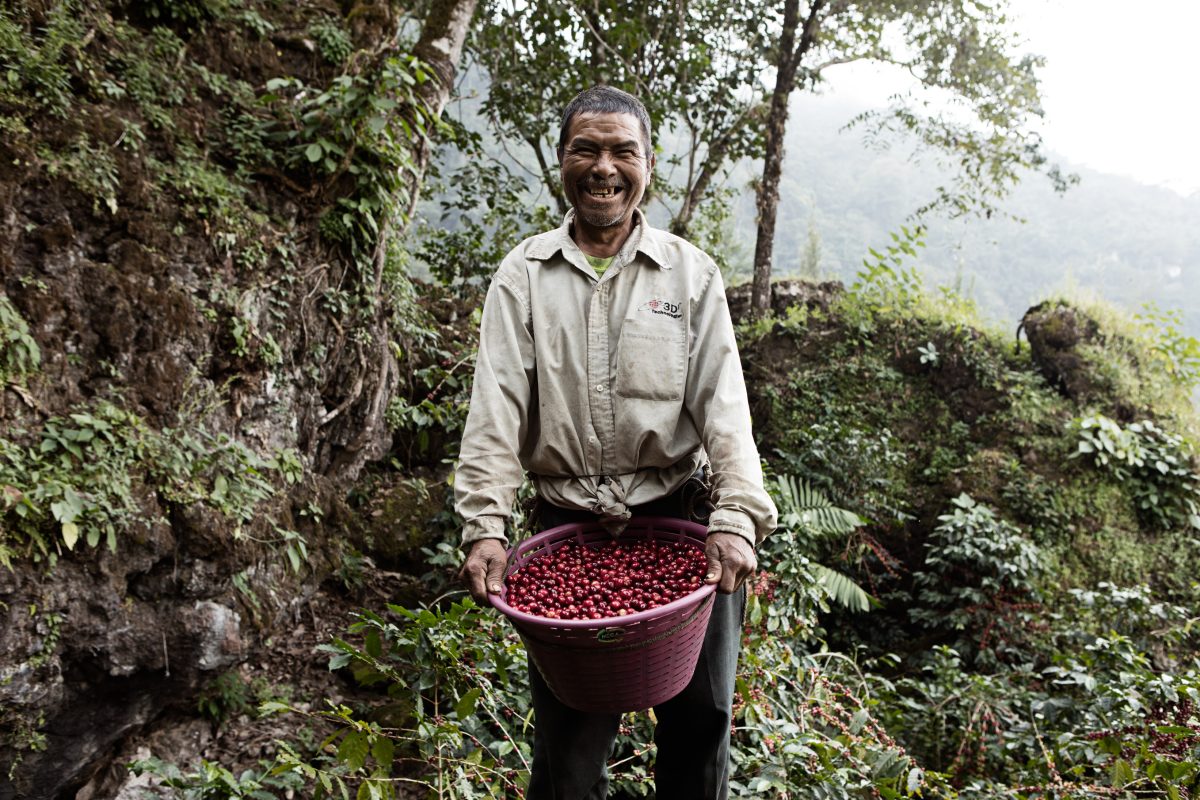
Main Varieties
Bourbon, Typica, Caturra, Catuai, Geisha (Gesha), Pache, Pacamara
Key Producing Regions
Antigua ,Huehuetenango ,Atitlán ,Acatenango ,Fraijanes Plateau ,Cobán ,San Marcos ,Nuevo Oriente
Harvest
- Season: November – April
Unique Characteristics
- Over 300 distinct microclimates
- ~98% of coffee is shade-grown
- Coffee is shaped by 37 volcanoes, enriching the soil and terroir
El Salvador
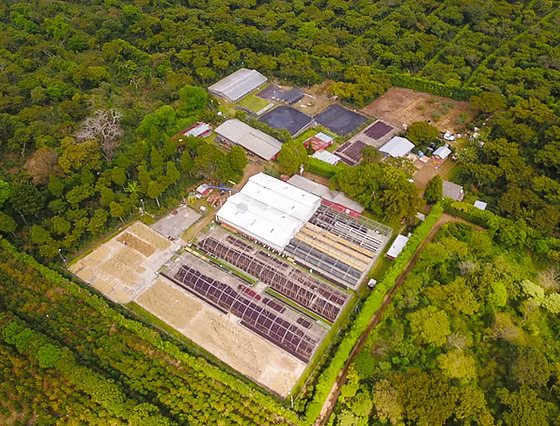
Global Production Rank: #19
Average Annual Production: ~560,000 bags (60 kg each)
Cultivated Area: ~160,000 hectares
Processing Methods: Primarily Washed, with growing interest in Natural and Honey
Arabica Share: 100%
Grading System
- SHG (Strictly High Grown): Above 1,200 m
- HG (High Grown): 900–1,200 m
- CS (Central Standard): 500–900 m
Main Varieties
Bourbon, Pacas, Pacamara, Typica
Key Producing Regions
Apaneca-Ilamatepec ,El Bálsamo-Quezaltepec Tecapa-Chinameca ,Cacahuatique ,Alotepec-Metapán ,Chichontepec ,Chalatenango
Harvest
- Season: November – March
Unique Characteristics
- Historic cradle of the Bourbon variety
- Origin of the Pacas and Pacamara hybrids
- Many farms are family-run with long-standing traditions in specialty coffee
Costa Rica
Global Production Rank: #14
Average Annual Production: ~1,230,000 bags (60 kg each)
Cultivated Area: ~85,000 hectares
Processing Methods: Fully Washed, Honey, Natural
Arabica Share: 100%
Grading System
- SHB (Strictly Hard Bean): Above 1,350 m
- HB (Hard Bean): 1,200–1,350 m
- MHB (Medium Hard Bean): Below 1,200 m
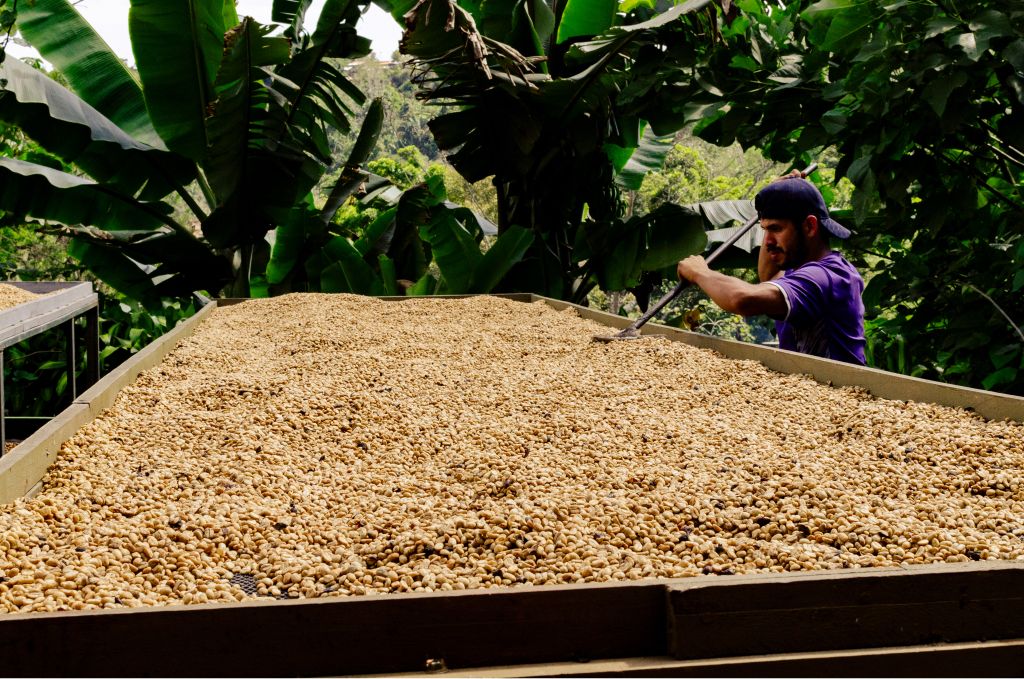
Main Varieties
Caturra, Catuai, Typica, Bourbon, Villa Sarchi, Geisha
Key Producing Regions
Tarrazú ,West Valley ,Central Valley ,Tres Ríos ,Brunca ,Turrialba ,Orosí ,Guanacaste
Harvest
- Season: October – March
- Peak: December – February
Unique Characteristics
- First country to ban Robusta cultivation (1989)
- Home to over 70 micro-mills, emphasizing traceability and quality control
- Pioneer in honey and natural processing techniques
Honduras
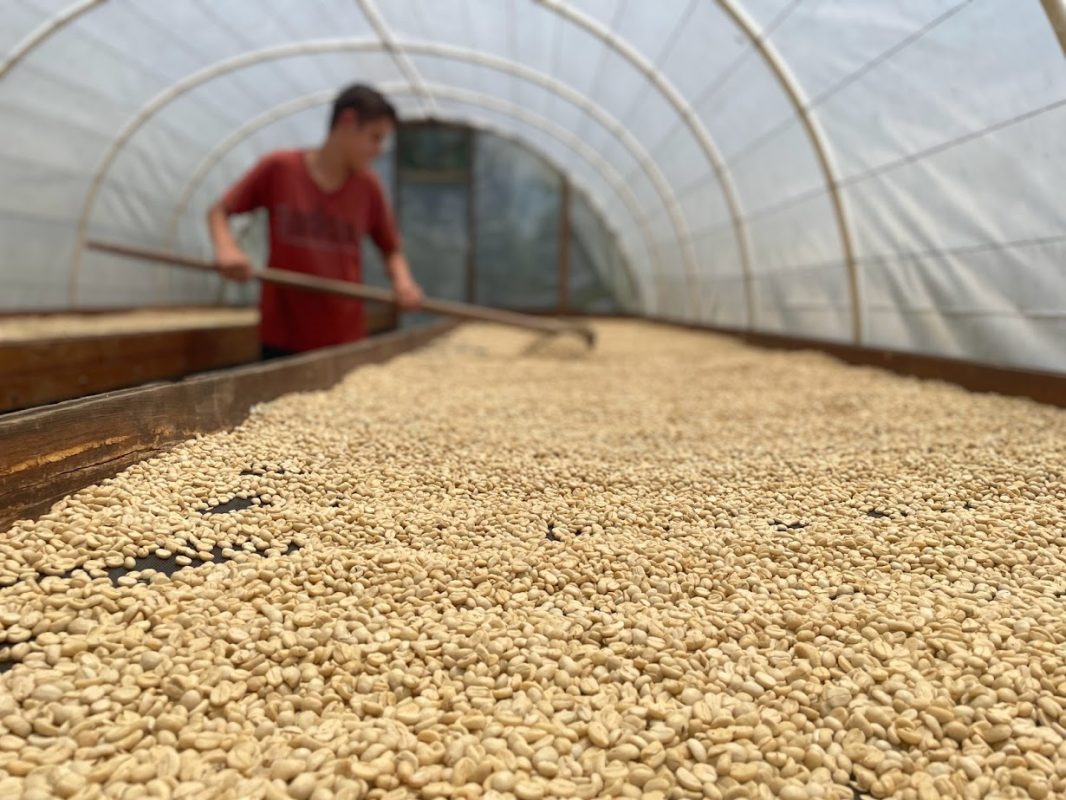
Global Production Rank: #5
Average Annual Production: ~5,500,000 bags (60 kg each)
Cultivated Area: ~270,000 hectares
Processing Methods: Primarily Washed, with growing interest in Natural and Honey
Arabica Share: 100%
Grading System
- SHG (Strictly High Grown): Above 1,200 m
- HG (High Grown): 1,000–1,200 m
Main Varieties
Bourbon, Caturra, Typica, Catuai, Pacas, Lempira
Key Producing Regions
Copán ,Agalta ,Montecillos ,Comayagua ,Opalaca ,El Paraíso
Harvest
- Season: November – March
- Peak: December – January
Unique Characteristics
- Great diversity of microclimates and elevations
- Strong shift toward specialty coffee, with active participation in COE competitions
- Around 120,000 families rely on coffee production for their livelihood
- Many farms are certified (RFA , Organic, Fair Trade)
Nicaragua
Global Production Rank: #12
Average Annual Production: ~2,880,000 bags (60 kg each)
Cultivated Area: ~143,000 hectares
Processing Methods: Primarily Washed, with growing interest in Honey and Natural
Arabica Share: 98%
Grading System
- SHG (Strictly High Grown): Above 1,200 m
- HG (High Grown): 1,000–1,200 m
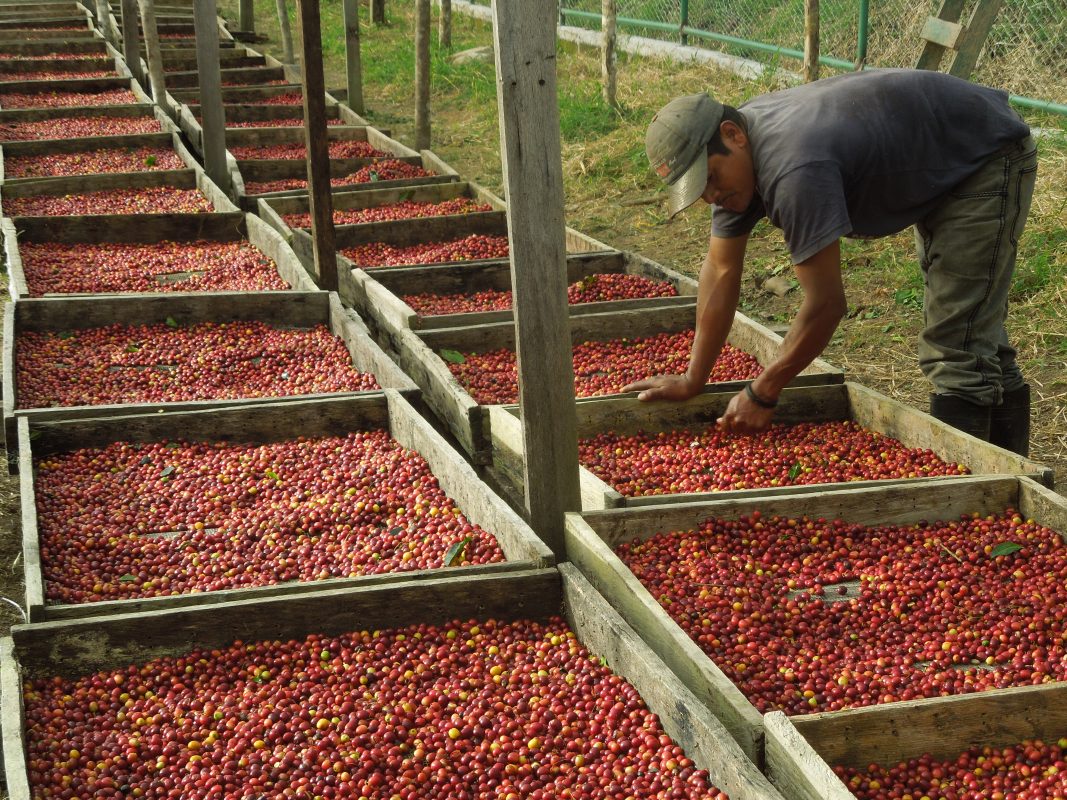
Main Varieties
Caturra, Bourbon, Typica, Maragogype, Maracaturra, Catimor
Key Producing Regions
Jinotega ,Matagalpa ,Nueva Segovia ,Estelí, Madriz, Boaco, Managua, Carazo, Granada
Harvest
- Season: October – March
- Peak: December – January
Unique Characteristics
- 95% of producers are smallholders
- Nearly all coffee is shade-grown
- Strong presence in the Cup of Excellence, especially from Nueva Segovia
- High level of traceability and production of microlots
Panama
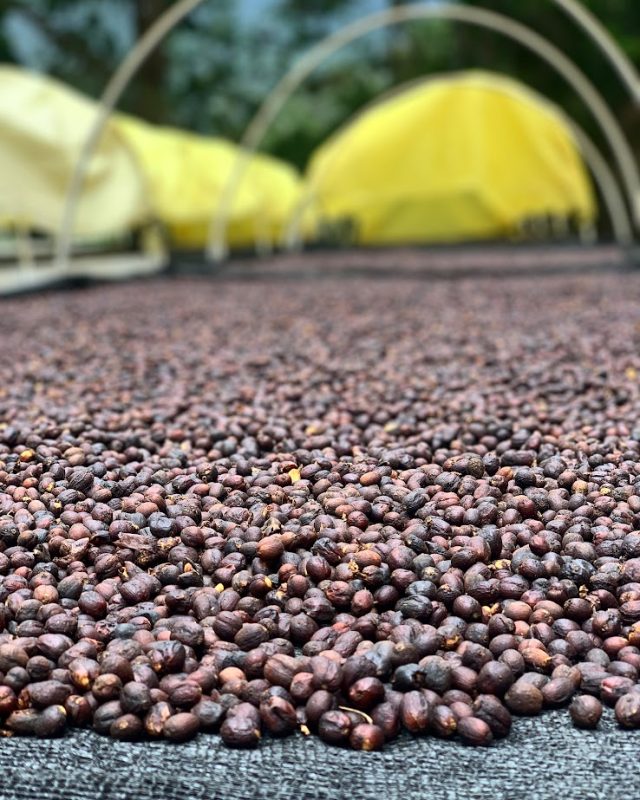
Global Production Rank: #33
Average Annual Production: ~114,400 bags (60 kg each)
Cultivated Area: Primarily in the Chiriquí province
Processing Methods: Primarily Washed, with growing interest in Natural and Honey
Arabica Share: 100%
Grading System
Panama does not use an official altitude-based grading system. Quality is determined by cupping scores, origin, and processing method.
Main Varieties
Geisha, Typica, Bourbon, Caturra, Catuai
Key Producing Regions
Boquete ,Volcán-Candela ,Renacimiento
Harvest
- Season: December – March
- Peak: January – February
Unique Characteristics
- Home of the world-renowned Geisha variety, known for record-breaking auction prices (Best of Panama)
- Rich volcanic soils with a combination of tropical and cool microclimates
- Pioneering experimental processing methods: anaerobic, carbonic maceration, yeast-controlled fermentation
- Cultivated on small farms with a focus on microlots and cup quality
Mexico
Global Production Rank: #10
Average Annual Production: ~3,900,000 bags (60 kg each)
Cultivated Area: ~700,000 hectares
Processing Methods: Primarily Washed, with growing interest in Honey and Natural
Arabica Share: ~97%
Grading System
- SHG (Strictly High Grown): Above 1,200 m
- HG (High Grown): 900–1,200 m

Main Varieties
Typica, Bourbon, Caturra, Maragogype, Mundo Novo
Key Producing Regions
Chiapas ,Veracruz ,Oaxaca ,Puebla
Harvest
- Season: October – March
- Peak: November – January
Unique Characteristics
- Around 90% of production is shade-grown
- Strong cooperative model led by smallholder farmers
- Traditional agroforestry systems, integrating coffee with cacao and other crops
